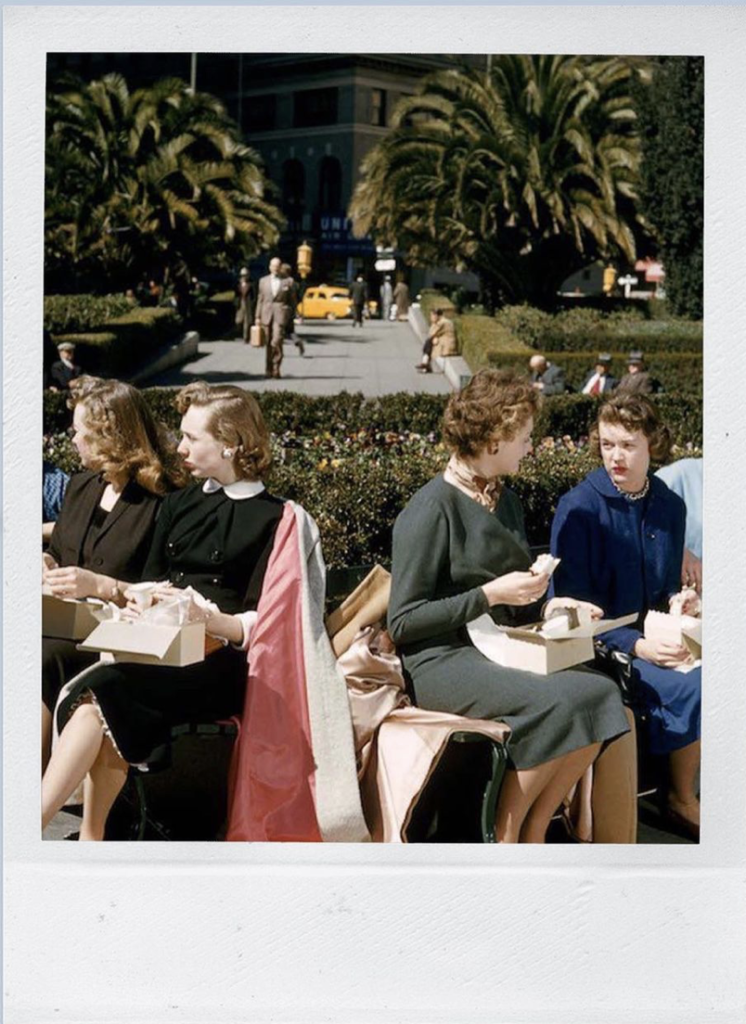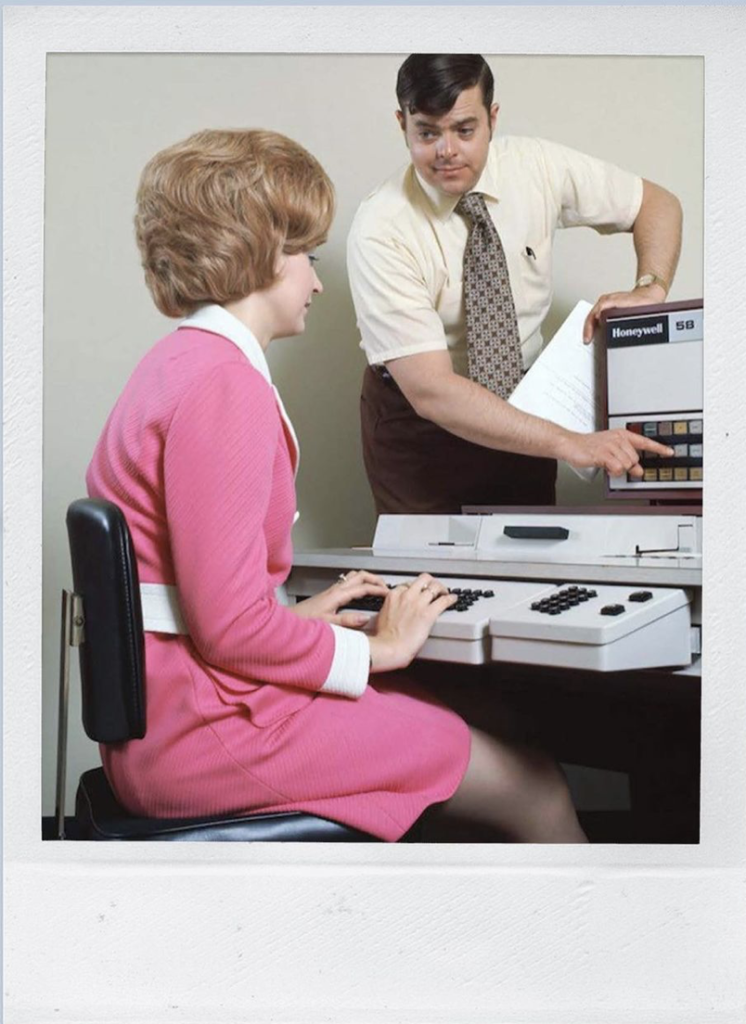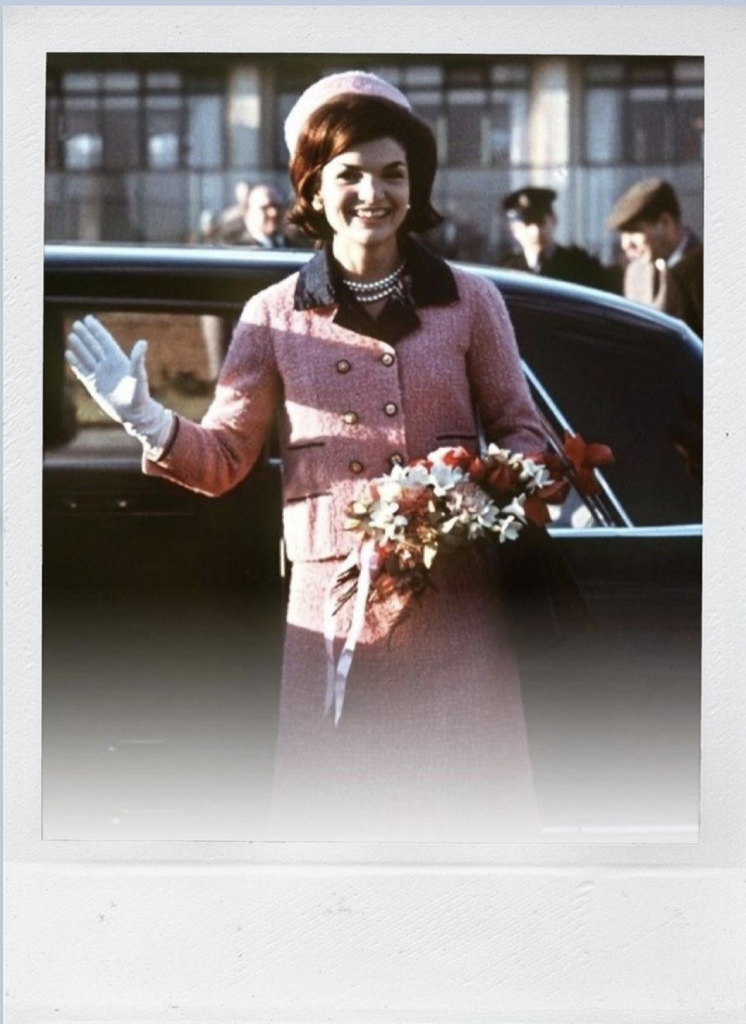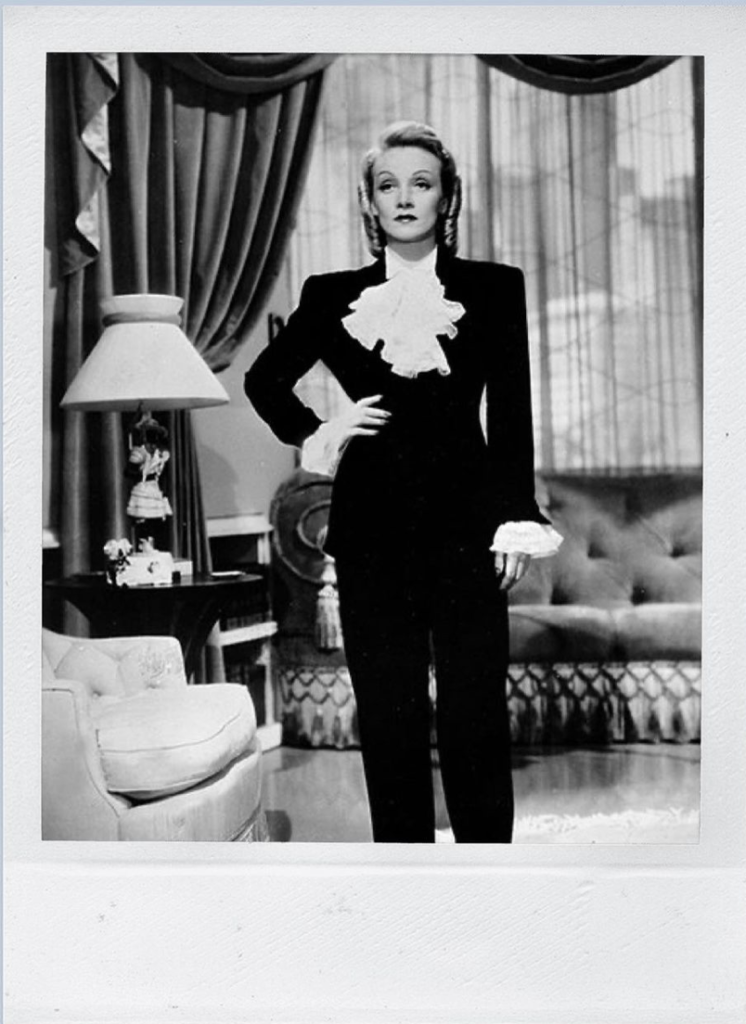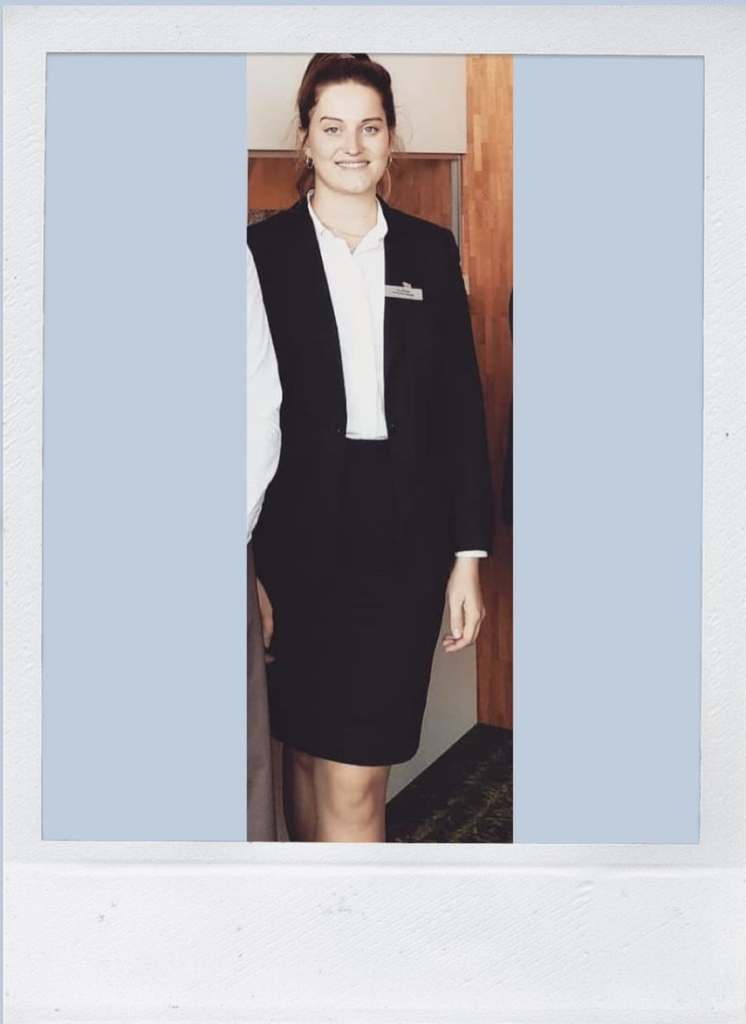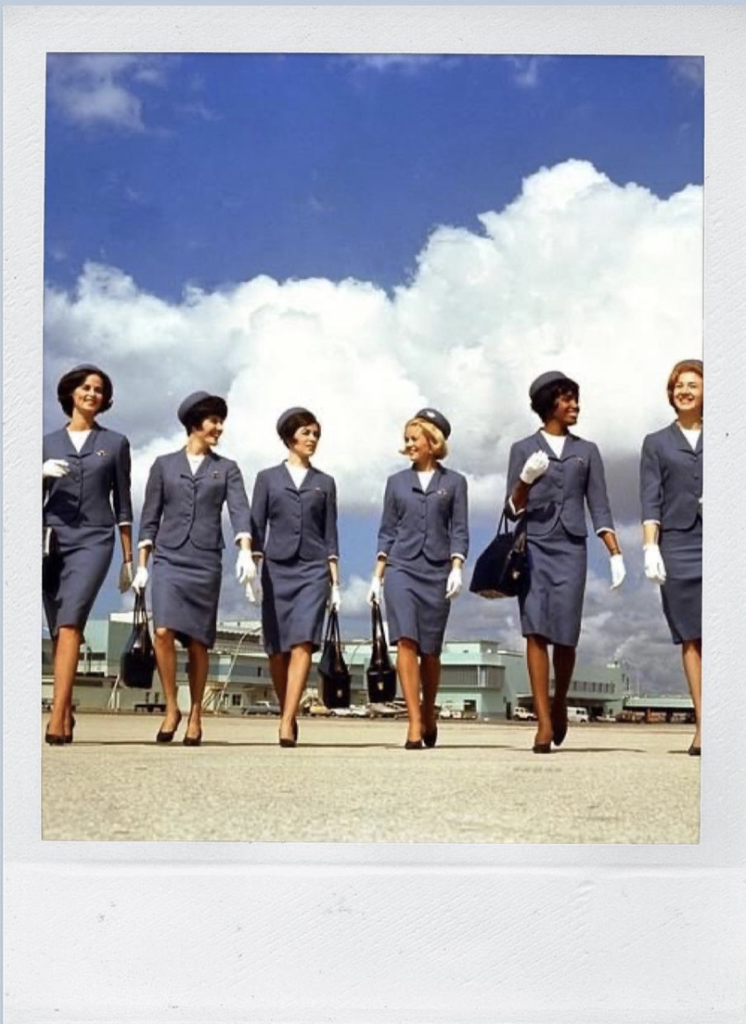
Let’s play a little vision-game. Read and follow this little story with the power of your imagination.
You are on a plane, living the jet-set life you have always dreamed of, on your way to another business trip to a fabulous metropole. You are halfway through the flight and the flight attendants are appearing from their secret-area behind the thick, grey curtains; it’s lunch time. Your row gets served by a female flight attendant; the row across gets served by a male flight attended. What are they wearing? Safely arrived at your destination you are now entering a classic, traditional hotel. Walking on the heavy, red carpet towards the reception desk you approach two almost too friendly receptionists. A man and a woman, ready to check you in. What are they wearing? For dinner you decide to treat yourself with a meal in the hotel’s restaurant. The fancy restaurant is busy, waiters and waitresses rushing around the candle-lit room. A waitress is welcoming you and accompanying you to your table. What is she wearing?
Were the women wearing old-fashioned skirts and high heels? At least that’s what I see.
There is no doubt that women’s workwear has evolved immensely over the past 100 years, but many industries are still in desperate need of a women’s-workwear revolution!
Let’s take another trip, this time back in time. The first time the need for women’s workwear arose was during World War I when women had to take over most jobs and tasks as the men were send to fight at the front. The late 1940s up until the 1950’s were the return to “traditional” femininity, creating a very formal and conservative workwear, think: nude pantyhose, cardigans, hairnets, knee long skirts, blouses and turtlenecks with brooches and pearl necklaces (picture 2).
From the 1960s on women’s suits became more colourful, skirts became shorter and hair got more volume (picture 3), the absolute fashion role-model was Jackie Kennedy in her famous, pink Chanel suit (picture 4).
Yves Saint Laurent’s invention of the first ever trouser-suit for women in 1966 (picture 5) was the beginning of a new wave of feminism. Women felt more power in the workplace than ever; shoulder pads and trouser suits were in style!
So if women were wearing denim during WWI already and power-suits in the 1970’s why is it that when looking at today’s workwear, especially within the service industry, it feels like we travel back to the 1950s?
“It simply is the dress code, everything else would be unprofessional!”, was the answer from our so called “Quality Manager” from the hotel school I was working and studying at, a lady in her mid-50s who seemed to share many characteristics with Dolores Umbridge from Harry Potter.
Me and a few other girls from our university had complained about the old-fashioned and uncomfortable dress-code the hotel school put all women in. Picture 6 shows a happy picture of me, my suit and my nude coloured panty-hose.
In many ways women’s workwear has gone through a r(evolution), but many industries have not evolved with time, such as the hospitality and travel industry. And we are not only talking about conservative panty-hose workwear; there are many cases in which restaurants or bars require female employees to wear red lipstick, tight dresses, or low-cut shirts to work, misusing the female body for their profit-increase.
While focusing on dress codes may seem like a small issue to the general public, it does lead to larger issues of sexism and discrimination in our society, damaging the dignity of women and emphasizing sexist stereotypes.
Woman around the world are now demanding more legal protection concerning dress-codes at work as it is not illegal for employers to impose dress codes on women only. The beginning of the debate was the case of Georgia Brown, a 22 year old woman working at “Harrods” in the UK, who got fired after she refused to wear high-heels at work any longer. After that petitions calling for the mandatory wearing of high heels to be made illegal went viral and the demand-list doesn’t stop there!
Does your job require a certain dress-code and do you feel comfortable with it? And if not, do you feel comfortable complaining about it? Let us know, the more input the better!
???? 1: Pinterest
???? 2: Anthony Stewart- National Geographic
???? 3: H. Armstrong Roberts – Retrofile
???? 4: Pinteres
????5: crfashionbook
???? 6: Private
